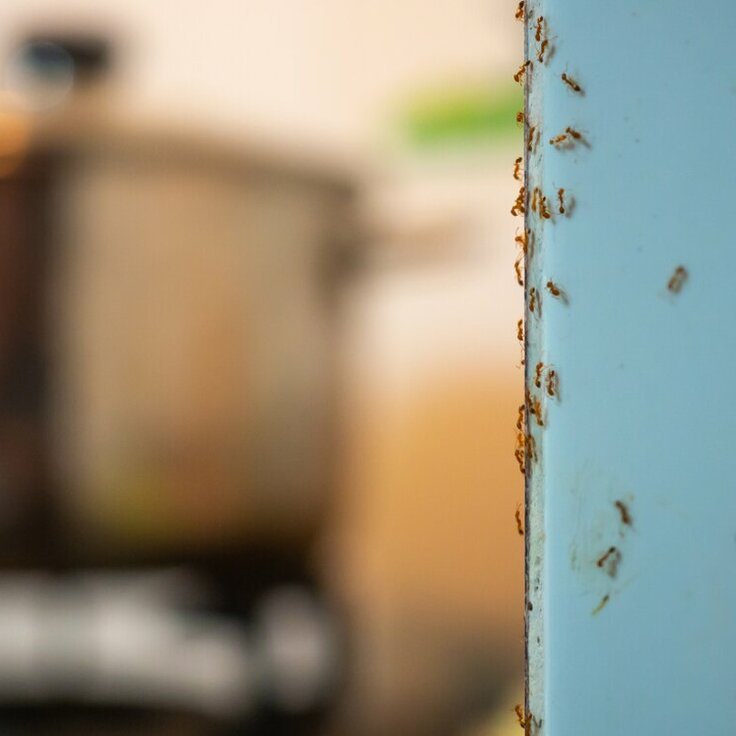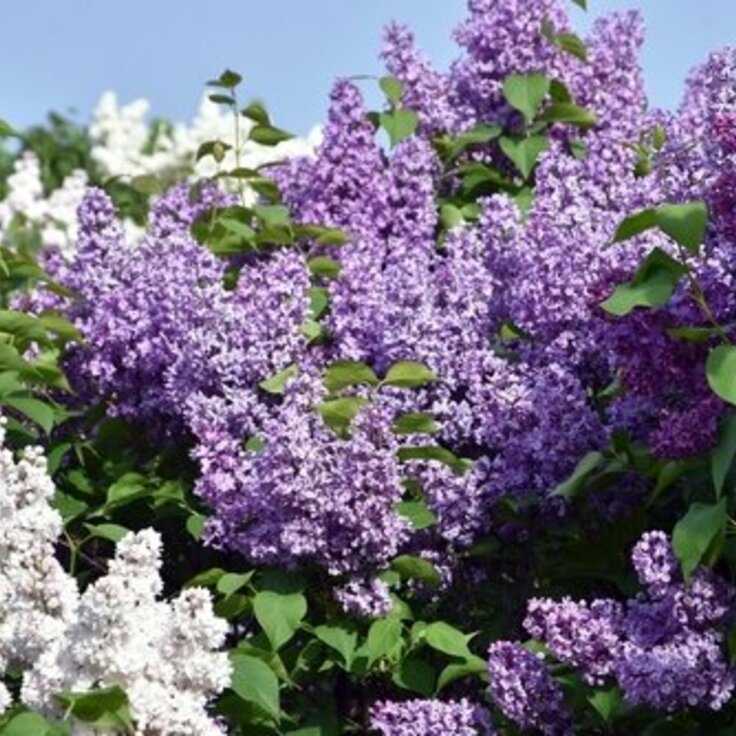Grow an Awesome Amaryllis
Bold and beautiful, the huge, showy flowers of hybrid amaryllis (Hippeastrum) raise gardeners' spirits during the cold, gray days of winter. These large, tender bulbs produce spectacular flowers that can be up to 6 inches across in colors that range from reds, oranges, and pinks to whites, yellows, and bicolors on thick stalks that can rise 24 inches high! And they will re-bloom year after year with only minimal care.
Native to tropical Chile and Peru, amaryllis normally blooms from February to April. The leaves grow during spring and summer. With cooler fall temperatures and dry soil, the bulb goes dormant until December or January. Once you understand the amaryllis' natural growth cycle, you can mimic it to bring your bulb into bloom year after year.
Planting
When you purchase your amaryllis bulb it will be in a dormant state (unless, of course, you buy a potted plant in bloom). Often bulbs are sold as kits containing a bulb, an appropriately sized pot, and some growing medium. If you are not starting with a kit, choose a pot size that leaves no more than 2 inches between the bulb and the edge of the pot. Using sterile, peat-based planting mix, set the bulb, pointed end up, high in the pot so that the top third of it will be exposed when you fill the space between the bulb and the side of the pot with potting mix. Water well with lukewarm water; then place the pot in a sunny window at average room temperatures (65-75 degrees F). Water only sparingly to keep the potting mix from drying out until a shoot emerges. Since plants will be top-heavy when they're in bloom, if you're planting in a plastic pot it's a good idea to set it inside a heavier clay or ceramic pot for added stability.
Flowering
The growth coming out of the bulb initially is usually the thick, leafless flower stalk with a large flower bud at its tip; the leaves will emerge later. As this giant stalk grows, begin watering whenever the top inch of potting mix is dry, taking care not to get water on the neck of the bulb. Also start feeding with a balanced houseplant fertilizer every 10 days, applying according to the manufacturer's instructions. Because the flower stalk is so tall, you may want to stake it. Just be careful not to stab and injure the bulb when you place the stake in the pot. Give the pot a quarter turn every few days to keep the flower stalk from bending toward the light.
It usually takes amaryllis about 6 to 8 weeks from potting up to come into bloom. Each flower stalk will produce 2-6 flowers, and large bulbs may produce two or more flower stalks. Once the plant has come into bloom, moving it to a cool, bright location will prolong the flowering period. As the individual flowers fade, carefully cut them off. When all the flowers on a stalk have gone by, cut off the stalk a couple of inches above the neck of the bulb.
Continuing Care
The long, strap-like leaves will continue growing actively through the spring and summer, so give your plants lots of sun and continue to water and fertilize regularly. After all danger of frost is past, the pot can be set outdoors in full sun for the summer months. Be sure to gradually harden off your amaryllis before setting it outside so that it is ready for exposure to outdoor sunlight and temperatures. If you keep your amaryllis indoors over the summer, provide the brightest light possible and continue to fertilize and water regularly.
Dormancy
In early fall the leaves will begin to turn yellow. At this point, gradually decrease watering; then stop altogether when the foliage has died back. Clip off the old leaves a couple of inches above the neck of the bulb. Bring the potted bulb indoors before the first frost and store it on its side in a cool place (50-55 degrees F) for 8 to 10 weeks. Don't worry if your bulb doesn't lose all its leaves. What is important is that the bulb receives that 8 to 10 week period of exposure to cool temperatures.
Reflowering
Once your bulb has had at least an 8-10 week dormant period or when you see the tip of the new flower stalk just beginning to emerge from the neck of the bulb, it's time to prepare for another season of bloom. If the bulb has outgrown its pot, repot it in a slightly larger one. Otherwise, carefully remove the top inch of potting mix from around the bulb while it's still in its pot and replace it with fresh mix. Any offsets (small bulbs attached to the side of the mother bulb) that have formed should be left in place for two seasons, after which they can be removed and potted up separately. Then care for the bulb just as you did the first time it was planted, and in 6 to 8 weeks you'll be enjoying another round of beautiful flowers.
If you have a number of amaryllis bulbs, you can bring them into flower in sequence just by staggering the times you awaken them from dormancy and pot them up. This way you can enjoy the spectacular blooms of these awesome plants throughout the winter and early spring.
Read more from The National Gardening Association








